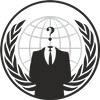Nazi Germany used to have a lot of foreign mercenaries from so many countries. Most of them fought in different war fronts. Most of them are from ex-Soviet countries and the middle east (Armenia, Azerbaijan, Iraq, Syria, ETC ), Here are some Examples of them:
- Free Arabian Legion, German: (Legion Freies Arabien)

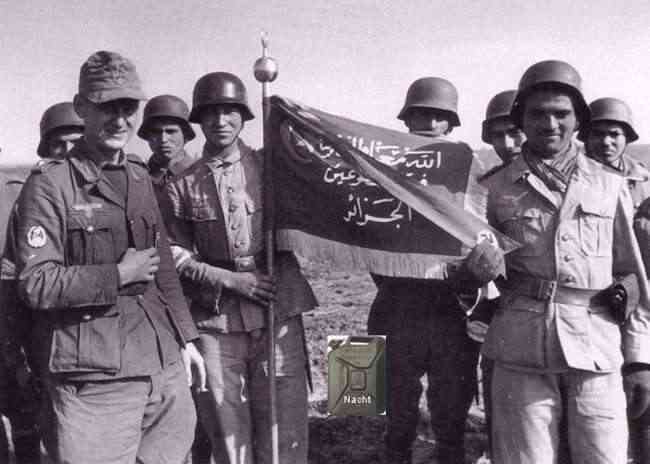
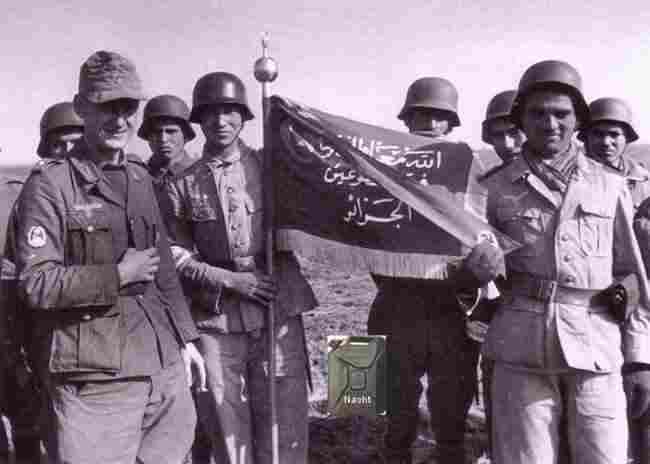
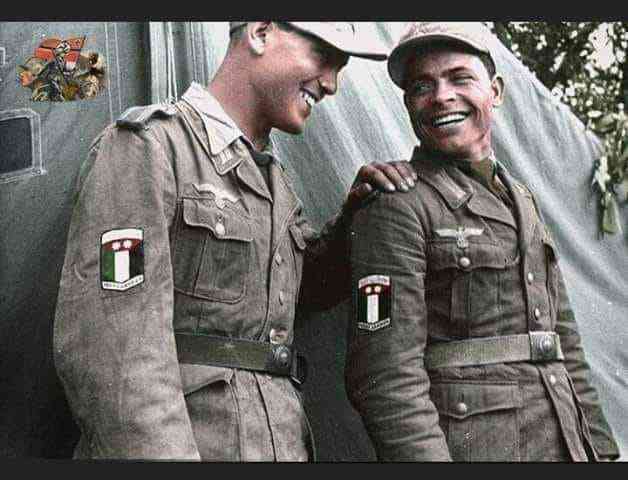
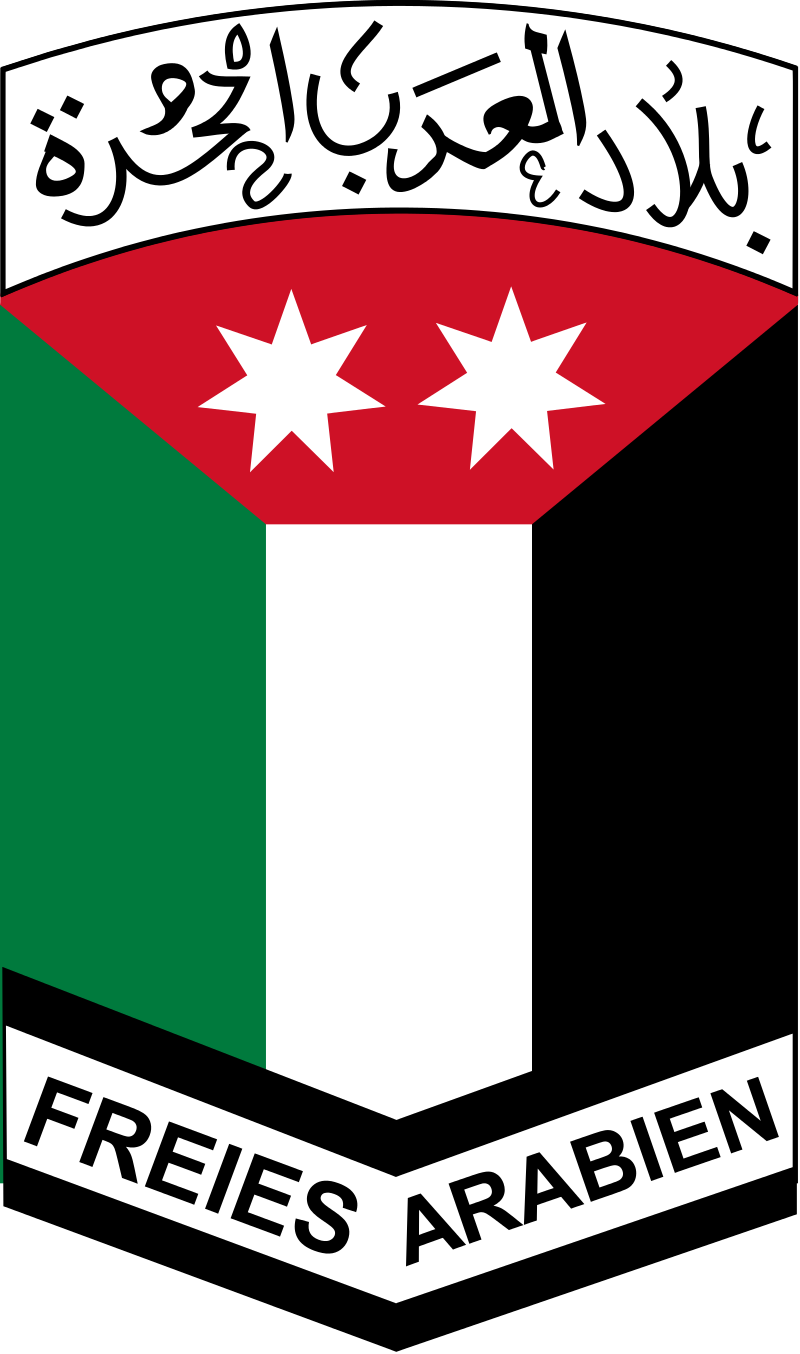
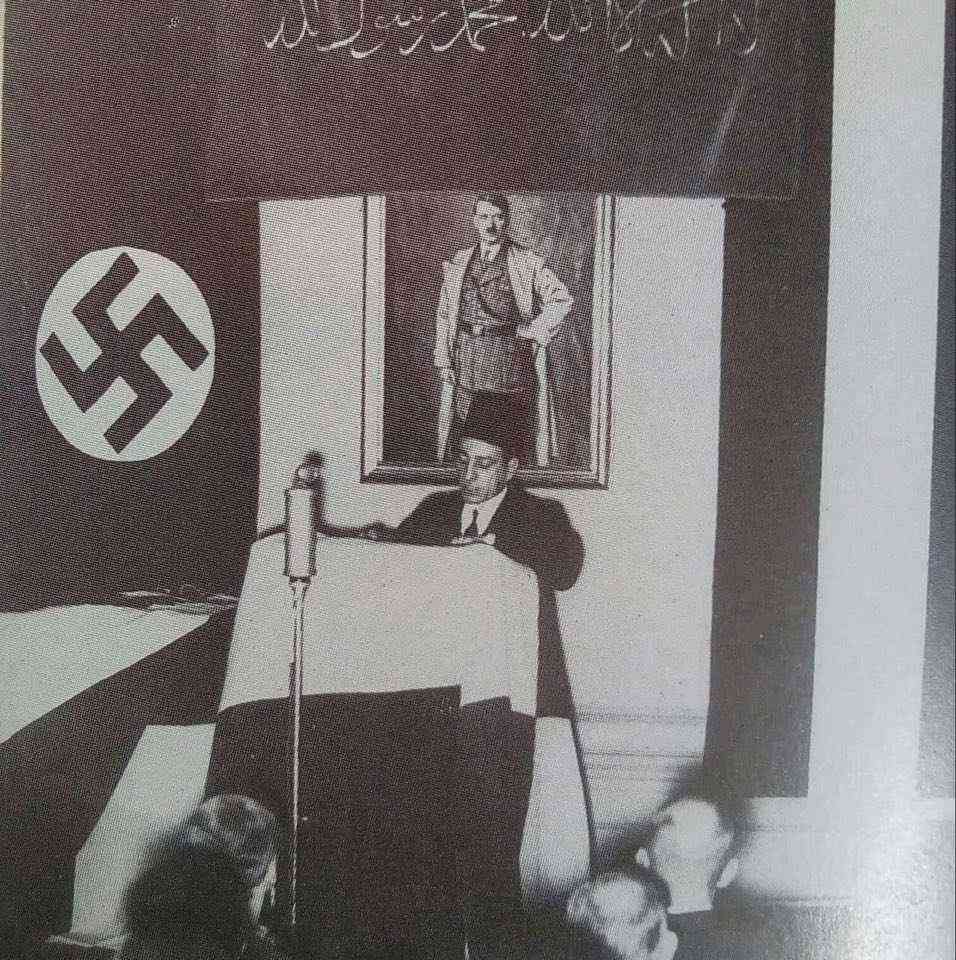
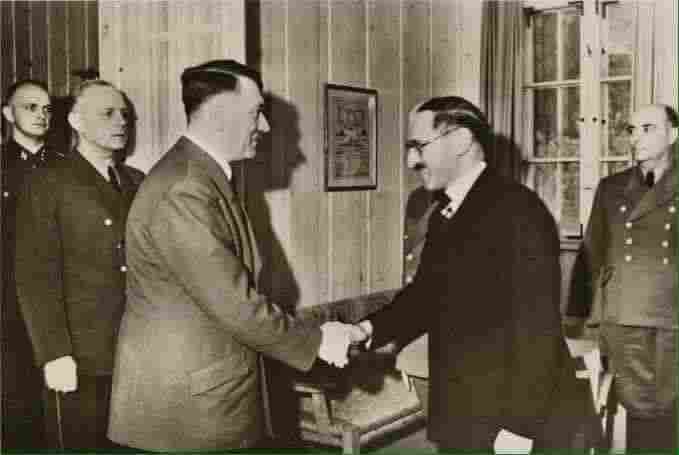
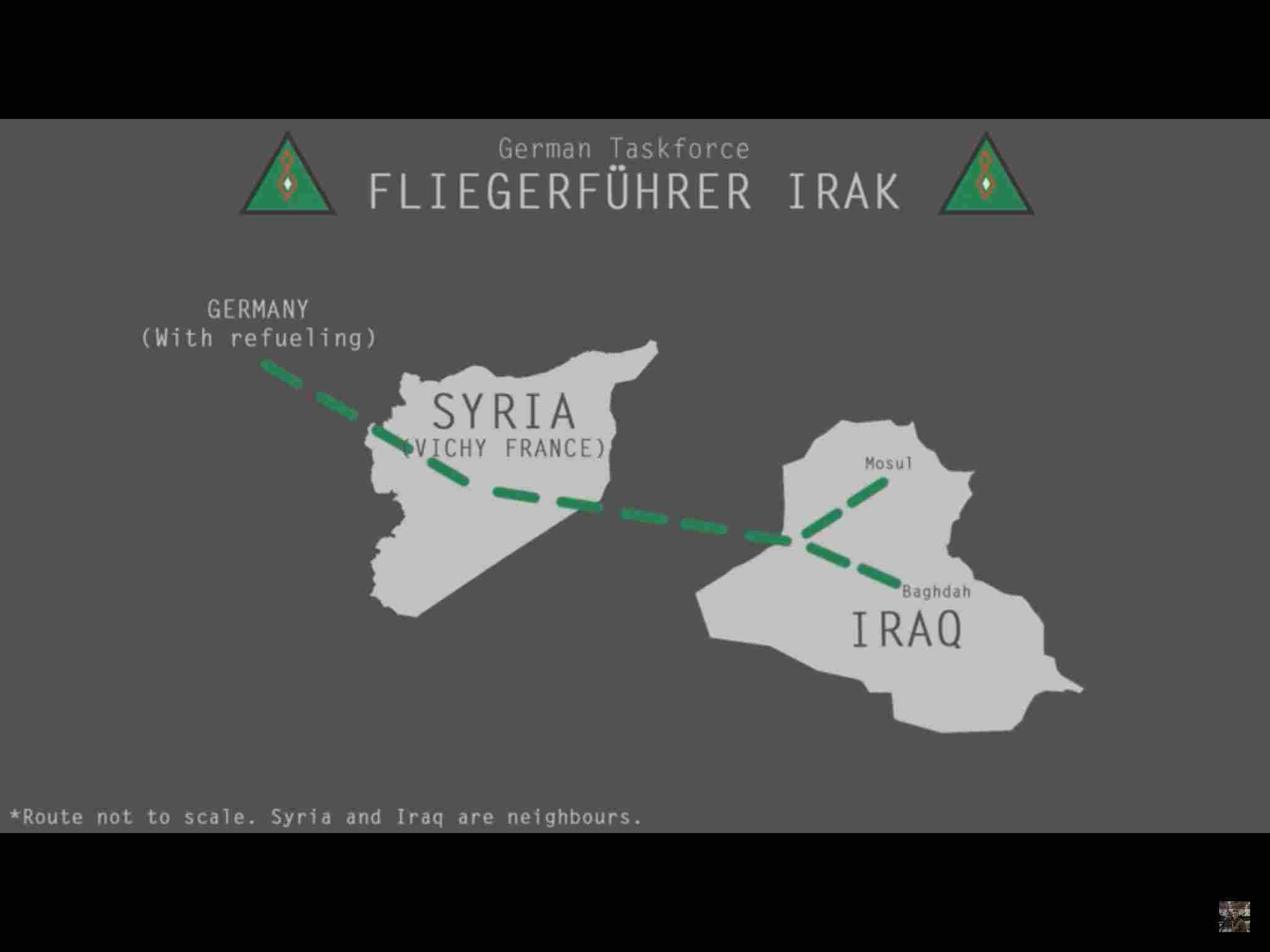
Free Arabian Legion is an ARAB Wehrmacht Legion Mercenaries (Iraq-Syria-Algeria etc.) which fought in the Middle East (Iraq, Tunisia, Yugoslavia, Caucas) Front against Britain and it's allies ( Transjordan, British RAJ, Australia, New Zealand, Greece, Iraqi Royal Kingdom Forces, Assyrian Levies, Palestine), The AXIS (Germany-Italy) Support Free Arabian Legion By Air Support and few Commanders such as Werner Junck. The Allies won because of supplies, Soldiers, and more air support.
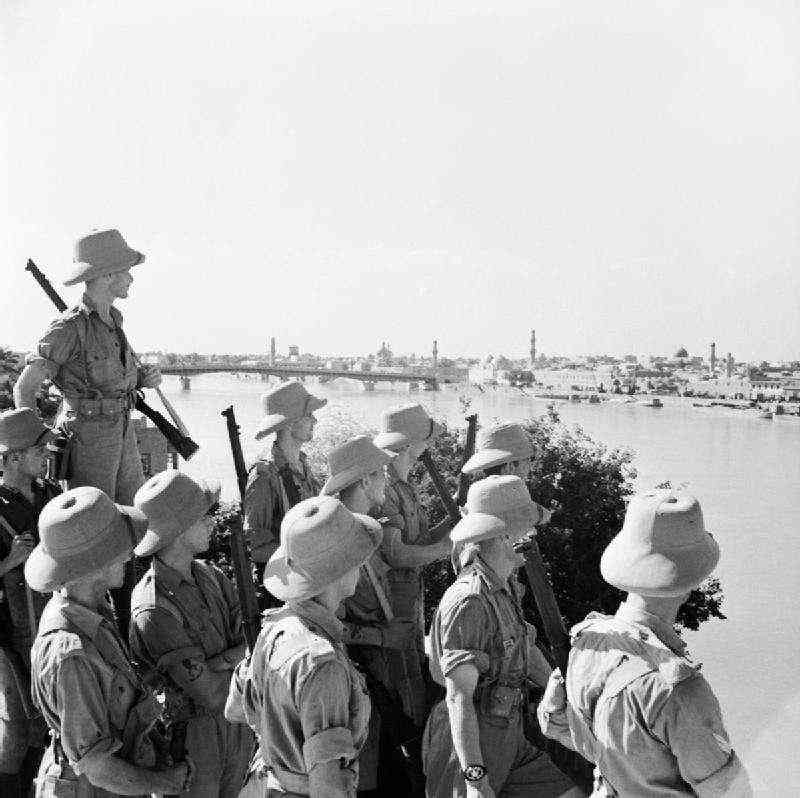
2. Russian Liberation Army
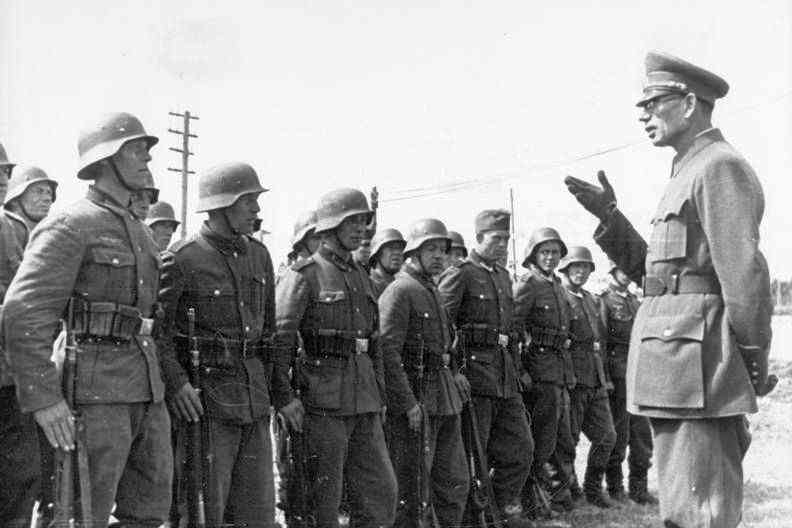
Russian Liberation Army : Who Fought in Eastern Front And Western Front Against SOVIET UNION and the Allies
Type : Air Force - Infantry
Size: Corps, 50,000 (April 1945)
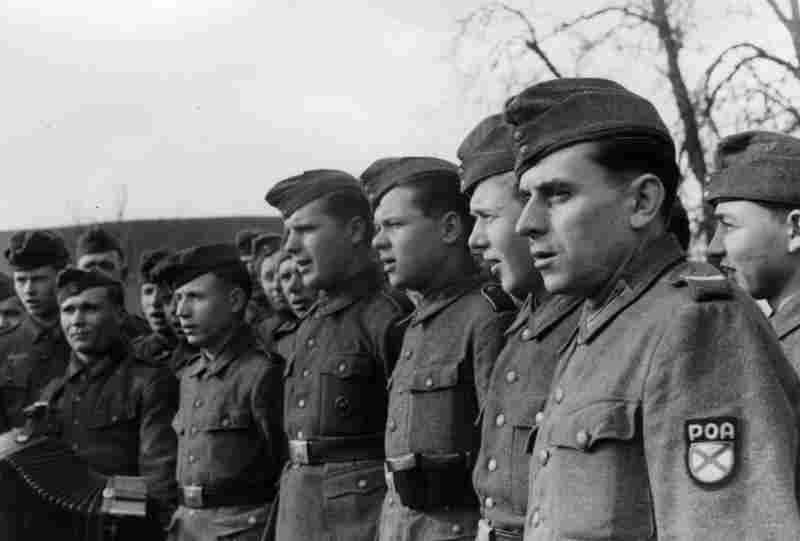
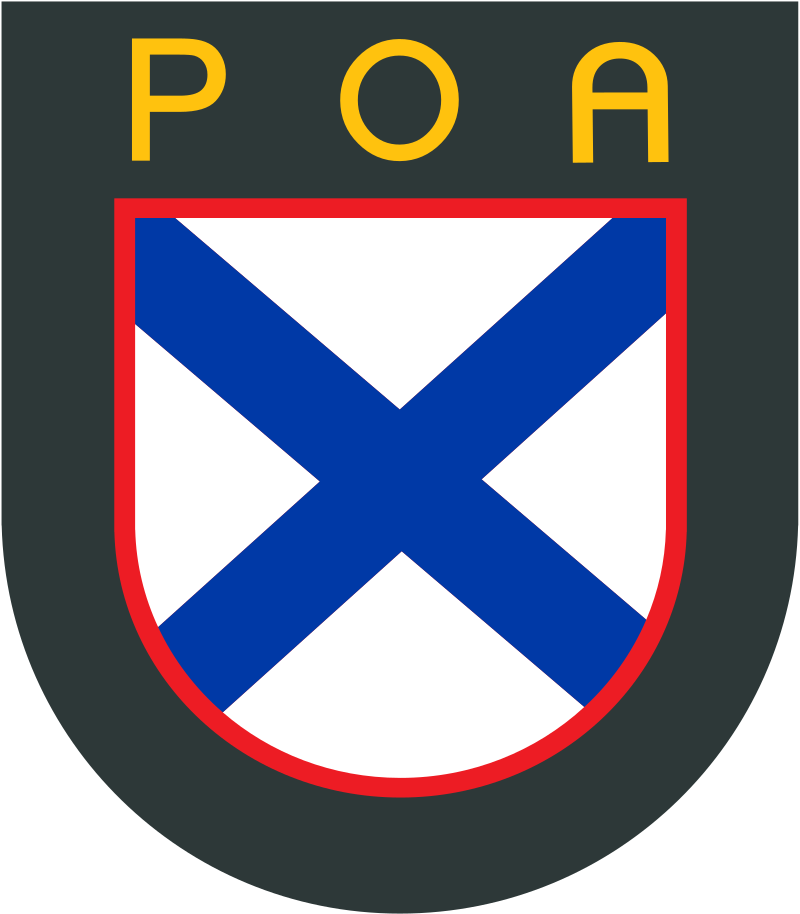
3.Blue Division (Spanish: Wehrmacht)
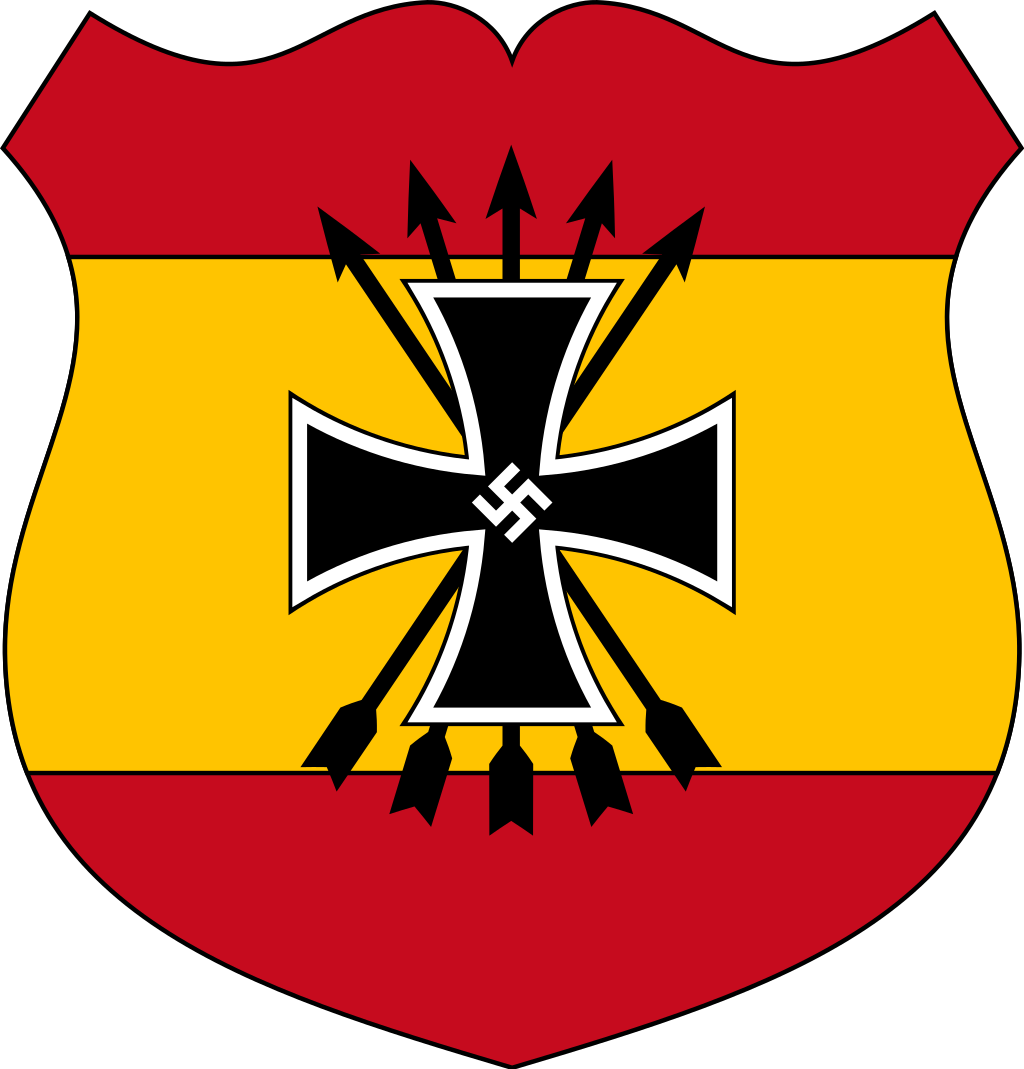
The Blue Division (officially designated as División Española de Voluntarios by the Spanish Army and as 250 Infantry-Division in the German Army) was a unit of Spanish volunteers and conscripts who served (1941-1944) in the German Army on the Eastern Front during the Second World War.
Active: 24 June 1941 – 21 March 1944
Size: 47,000 troops
Type: Infantry
Engagements: World War II
4. Legion of French Mercenaries Against Bolshevism
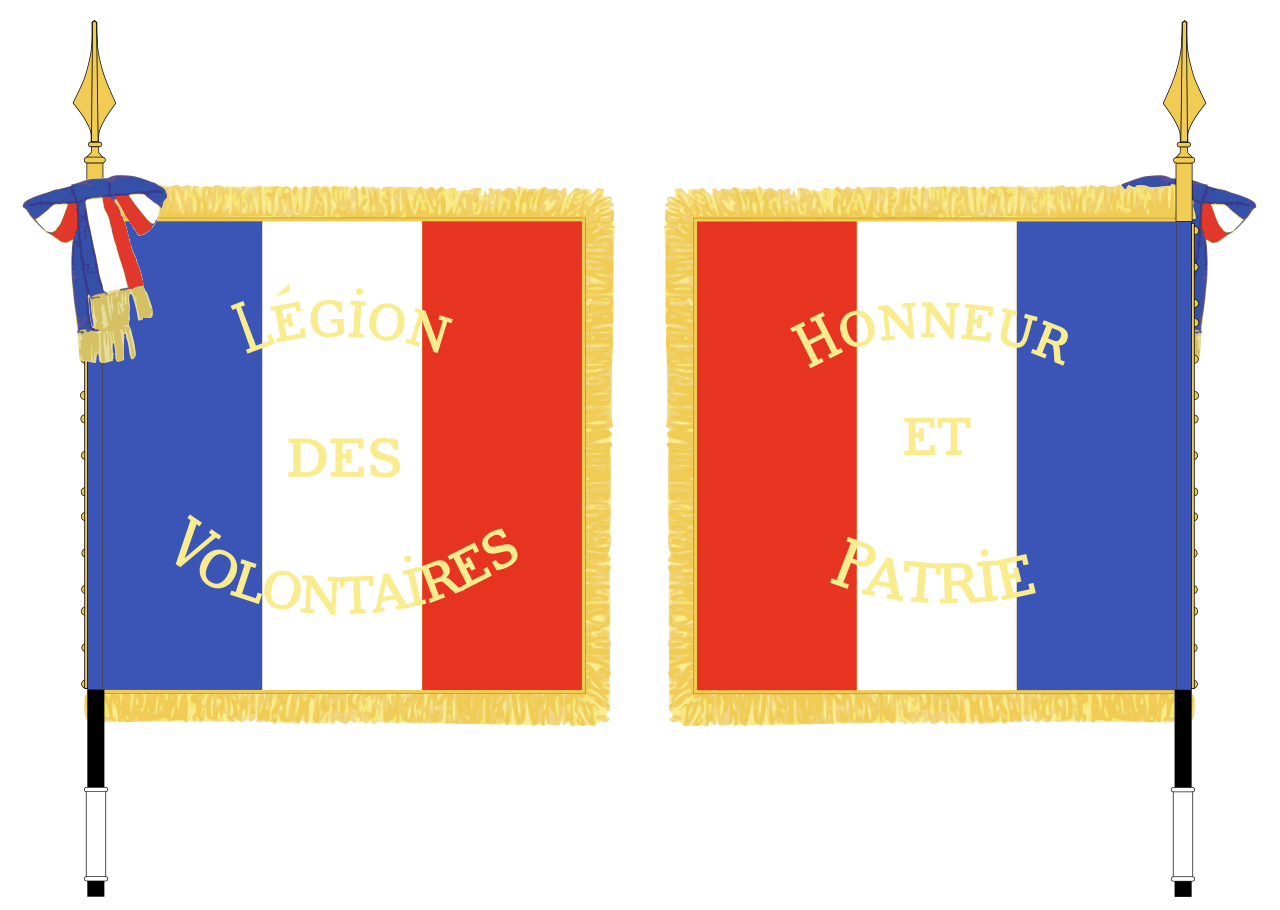
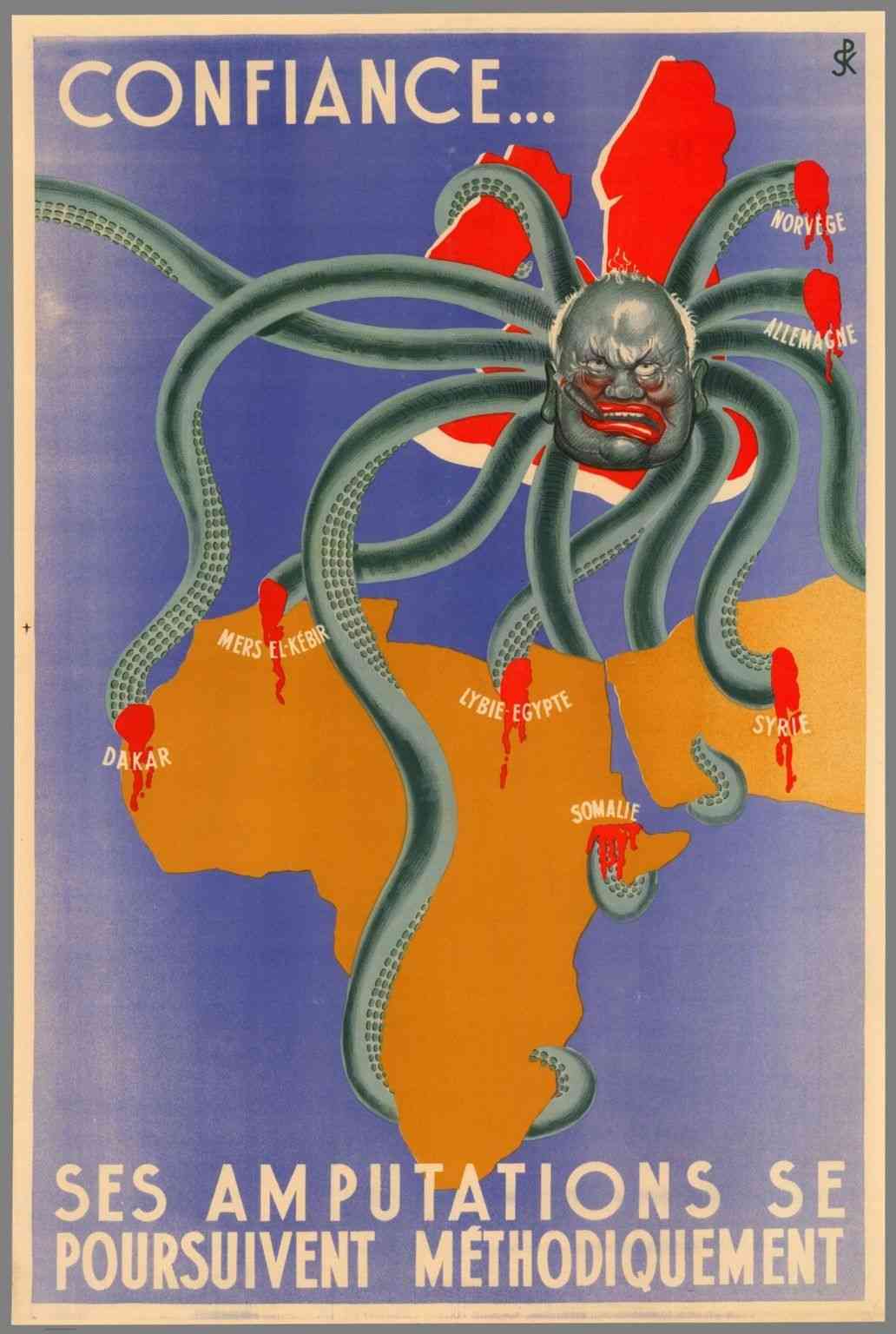
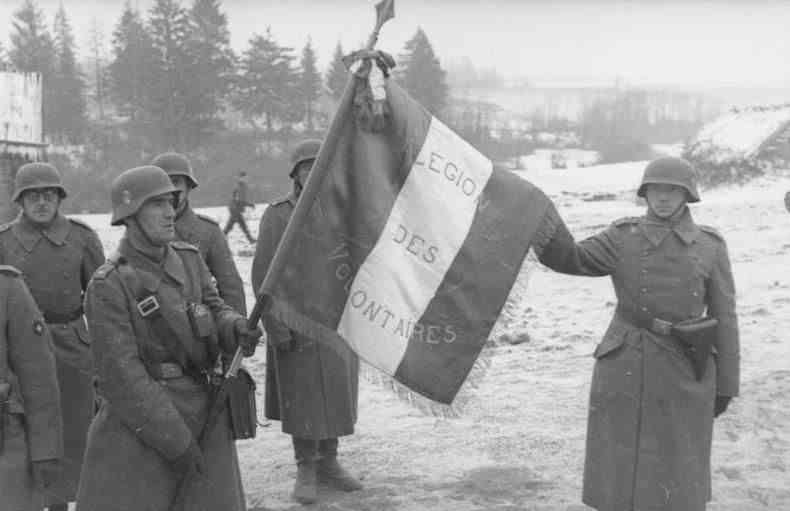
The Legion of French Volunteers Against Bolshevism (French: Légion des Volontaires français contre le bolchévisme, or LVF) was a collaborationist militia formed from mercenaries in Vichy France intended to participate in the German invasion of the Soviet Union as part of the German Army (Wehrmacht) alongside similar formations from other parts of German-occupied Europe. It was officially designated the 638th Infantry Regiment (Infanterieregiment 638).
Created in July 1941, the LVF was not supported by the Vichy administration but originated as part of a coalition of far-right political factions including Marcel Déat's National Popular Rally, Jacques Doriot's French Popular Party, Eugène Deloncle's Social Revolutionary Movement and Pierre Costantini's French League which explicitly supported Nazi policy. By contrast, Vichy's conservative and authoritarian leadership considered itself a neutral country and were more ambiguous about an alliance with Germany. However, the LVF was tolerated by Vichy and received some endorsement from its leading figures.
- Smaller than originally anticipated, the LVF was at the Eastern Front in October 1941 and suffered heavy losses. It eventually became part of the Waffen-SS in July 1944 and was officially disbanded in September 1944 by which time most of France had been liberated by the Western Allies. It was replaced by a short-lived SS "Charlemagne" Waffen-Grenadier Brigade.
4. Lithuanian-Estonian-Latvian (BALTIC) Wehrmacht Mercenaries
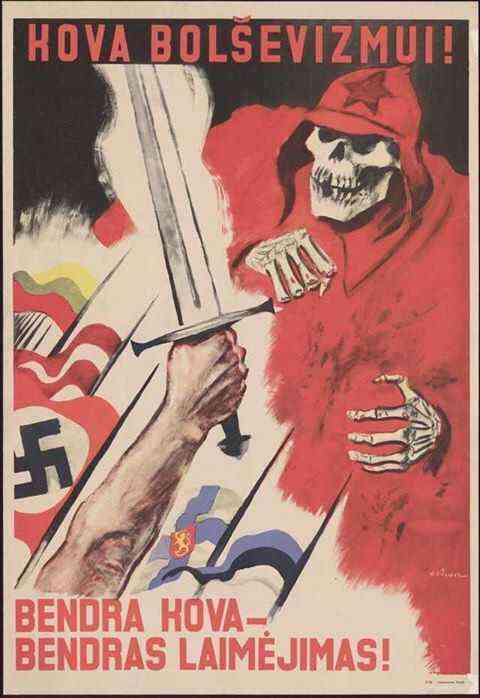
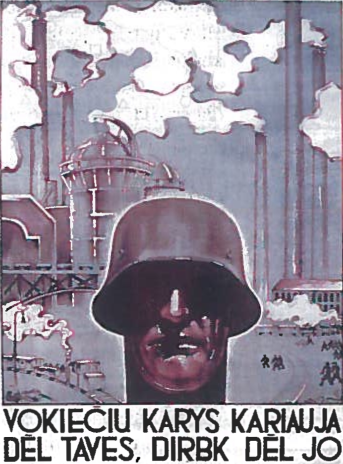
After the major defeat at Stalingrad in early 1943, Nazi Germany expanded its recruitment efforts to non-Germans. The efforts to form a Lithuanian Waffen-SS legion failed, and the Lithuanian Territorial Defense Force was disbanded. German officials then shifted their strategy in an attempt to form auxiliary units.
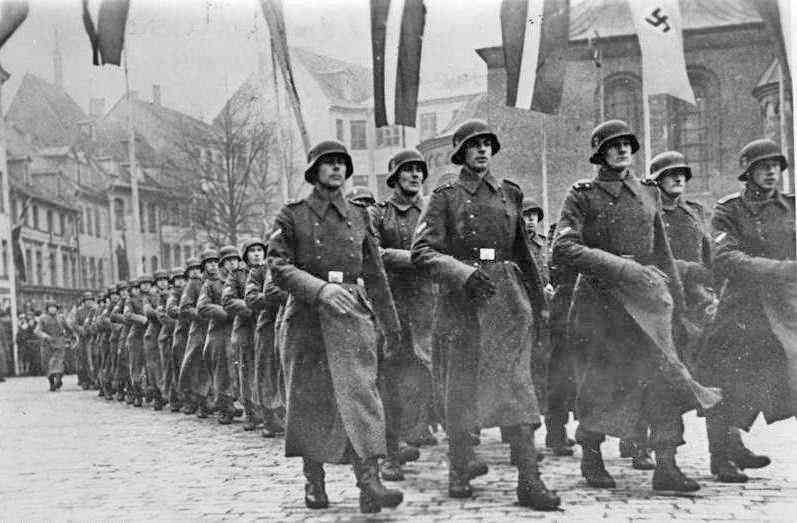
The Latvian Legion was a formation of the German Waffen-SS during World War II. Created in 1943, it consisted primarily of ethnic Latvian personnel, The legion consisted of two divisions of the Waffen-SS.
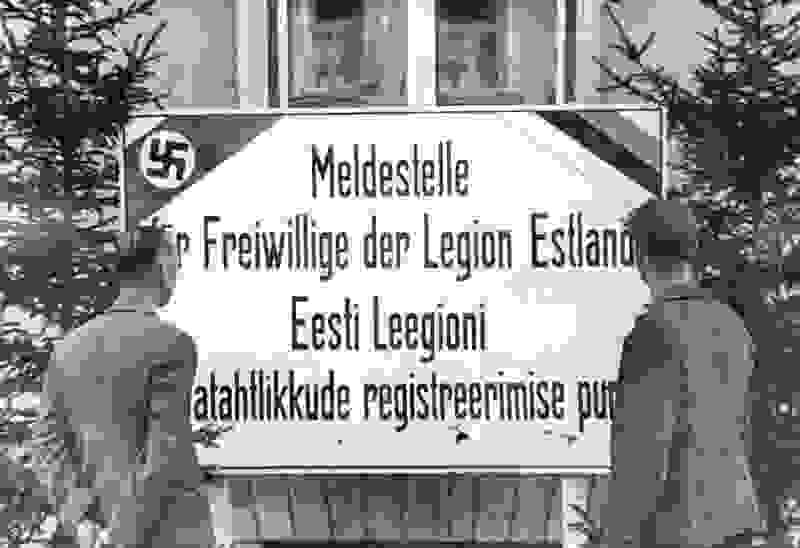
The Estonian Legion, was a military unit within the Combat Support Forces of the Waffen SS during World War II, mainly consisting of Estonian soldiers.
5. Indian Wehrmacht Legion
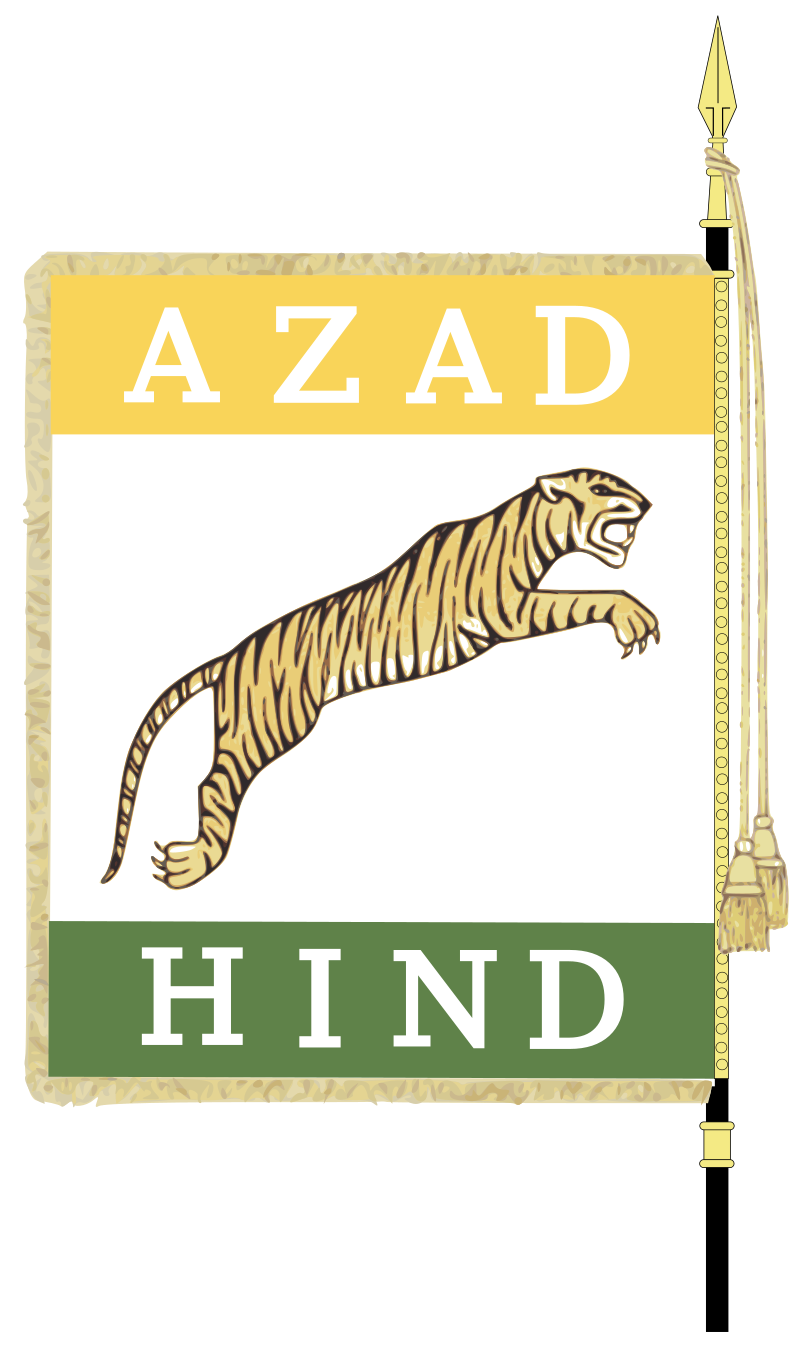
The Indian Legion, officially the Free India Legion was made up of Indian prisoners of war and expatriates in Europe. Because of its origins in the Indian independence movement, it was also known as the "Tiger Legion," and the "Azad Hind Fauj."
Initially raised as part of the German Army, it was officially assigned to the Waffen-SS from August 1944. Indian independence leader Subhas Chandra Bose initiated the legion's formation.
6. Armenische Legion
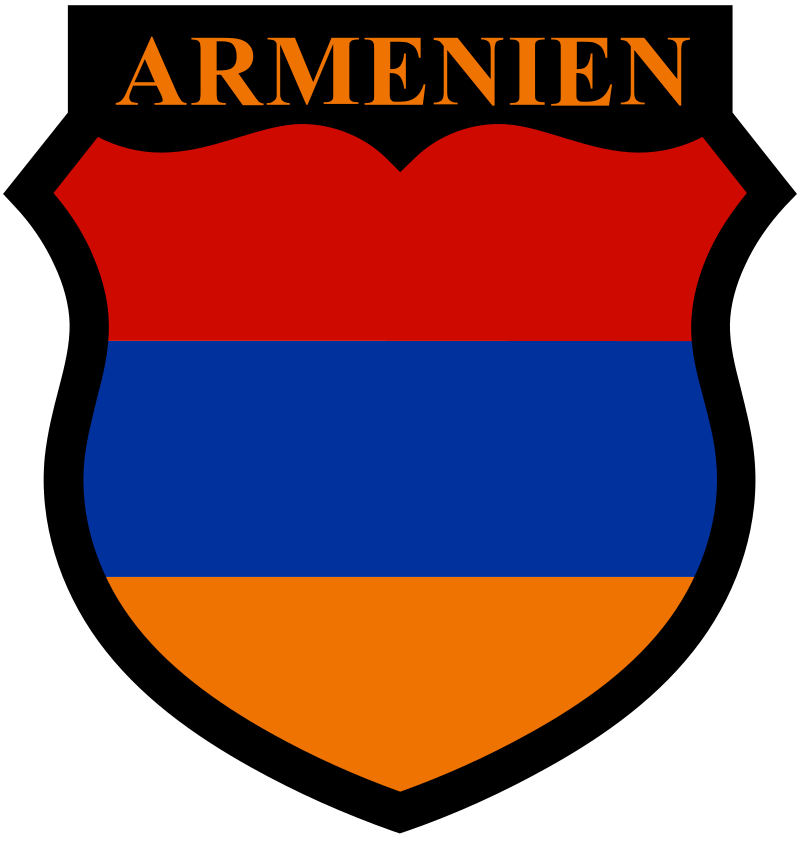
The 812th Armenian Battalion, also known as the Armenian Legion, was a military unit in the German Army during World War II. It primarily consisted of Soviet Armenians, who had been taken prisoner by the Nazis and commanded by General Drastamat Kanayan.
Active: 4 July 1942 – 8 June 1944
Size: 11,600 – 33,000
Engagements :
7. Georgische Legion (1941–45)
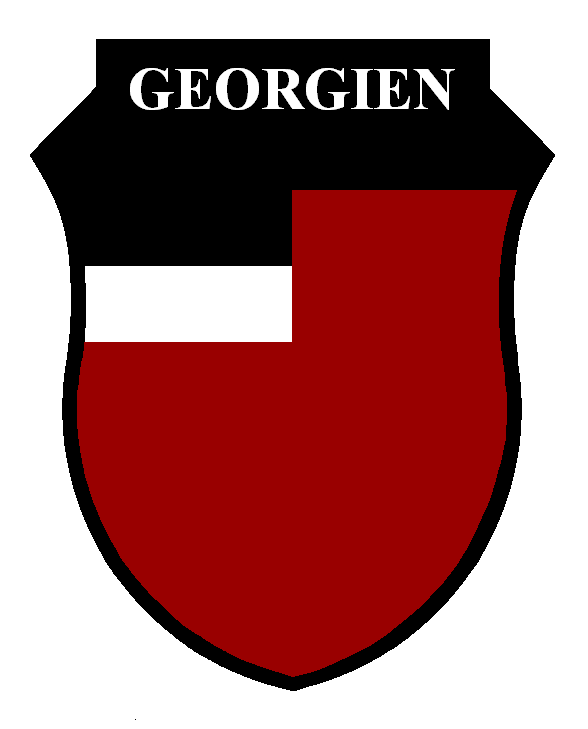
The Georgian Legion was a military formation of Nazi Germany during World War II, composed of ethnic Georgians. It was formed by Georgian Emigres and prisoners of war, and its declared aim was the eventual restoration of Georgia's independence from the Soviet Union under the Nazi Party's doctrine and supervision.
Size: 30,000
Engagements: World War II
8. Aserbaidschanische Legion
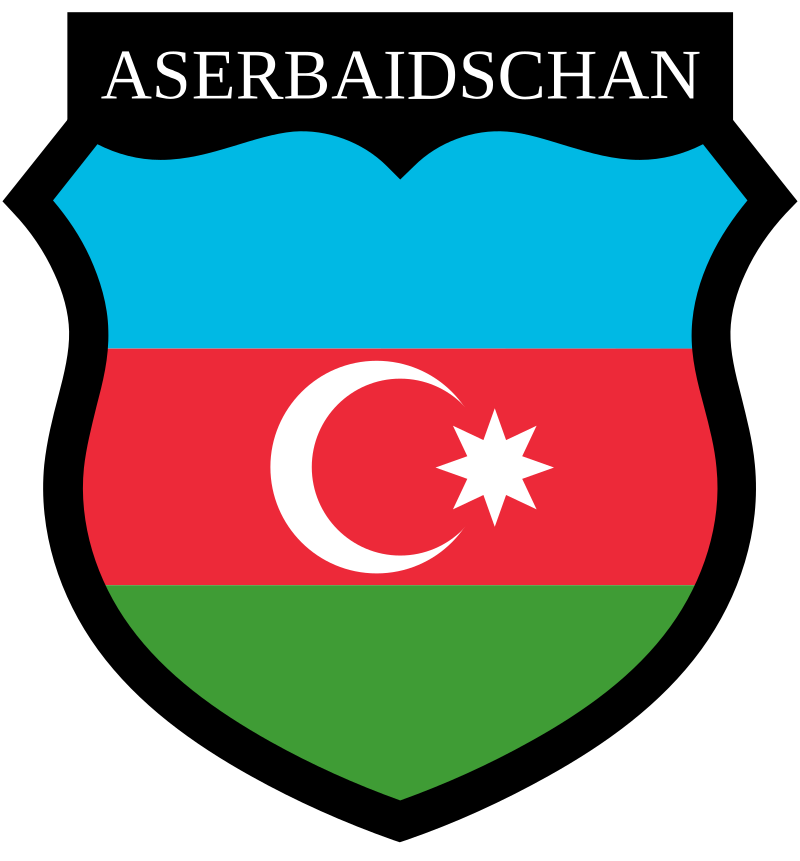
The Aserbaidschanische Legion or Azerbaijani Legion was one of the foreign units of the Wehrmacht. It was formed in December 1941 as the Kaukasische-Mohammedanische Legion (Muslim Caucasus Legion) and was re-designated 1942 into two separate Legions.
Many Azerbaijanis joined here in hopes of liberating their homeland (which they often used to mean 'class') from Soviet rule. One Azerbaijani soldier who was captured said to the Germans he was anti-Bolshevik and only wanted an opportunity to free his homeland.
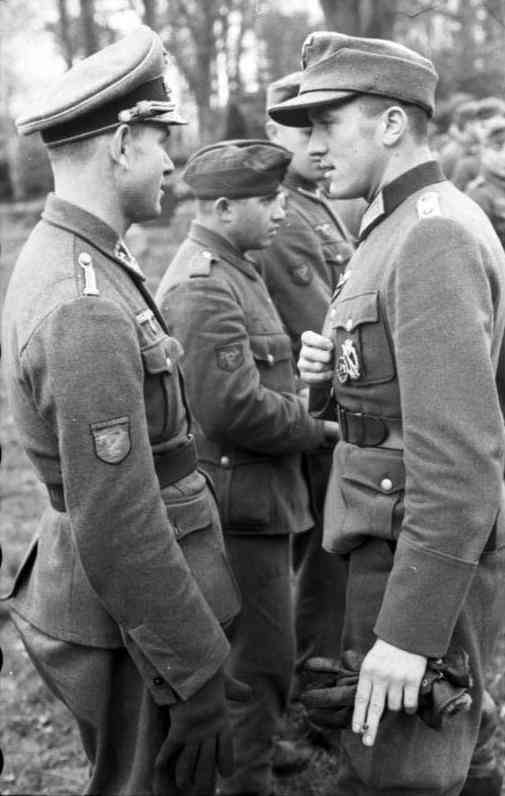
Please subscribe for similar great stories. Thank you.
